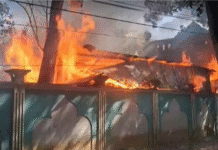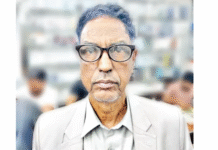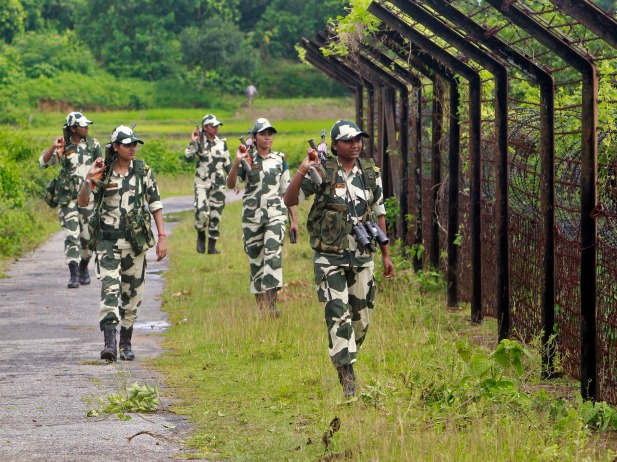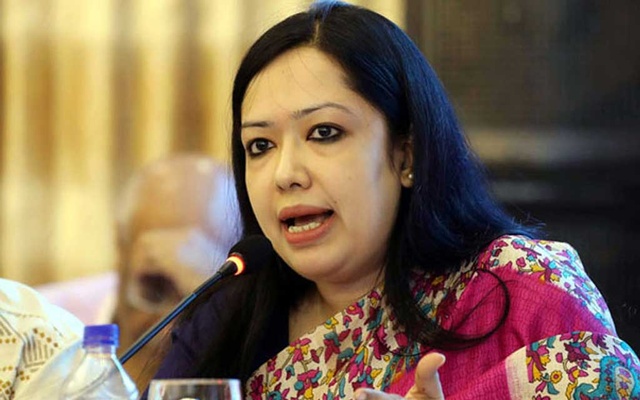
Last update on: Sun May 18, 2025 07:21 PM
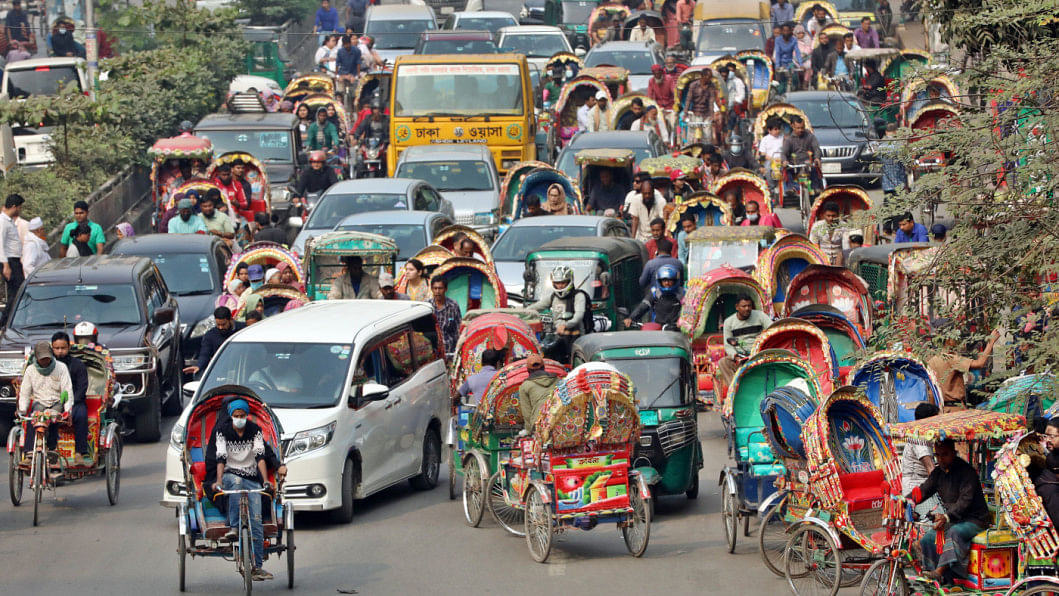
One of the more recent manifestations of informal urban expansion is the proliferation of battery-run rickshaws. One may claim that rickshaws are eco-friendly, cost-effective, and a source of livelihood for many, but these advantages come at a heavy cost. A large number of battery-run rickshaws are currently operating in Dhaka, with many lacking legal registration or fitness clearance. Their prevalence, largely unregulated, has contributed to a range of unintended traffic consequences.
Firstly, battery-run rickshaws introduce extreme variations in vehicular speed on city roads. Unlike motorised vehicles that maintain relatively stable speeds, these rickshaws frequently cause abrupt stops or unexpected slowdowns, thereby increasing the likelihood of accidents and congestion. Secondly, the uncontrolled acceleration capacity of many battery-powered rickshaws exceeds the structural limits of their makeshift bodies, making them prone to accidents. Thirdly, the continued operation of these unfit and illegal vehicles creates a precedent that encourages further violations of road and transport regulations. If authorities are seen to tolerate such infractions, other transport providers may be emboldened to neglect licensing, maintenance, and safety standards. Fourthly, the presence of these rickshaws severely disrupts lane discipline, especially in already congested corridors, contributing to overall traffic disorder. Finally, law-abiding road users—both motorists and pedestrians—become demoralised, as the perceived inequity in enforcement undermines the legitimacy of the entire regulatory system.
Urban planning in the Global South is often faced with a dilemma of informality—an unregulated sector that arises from necessity, yet poses complex governance challenges. Dhaka serves as a compelling case study where unchecked informal developments such as illegal retail activities and unplanned slum settlements have placed immense pressure on infrastructure, governance, and public space. This illustrates a broader problem: the government finds itself in a precarious position, sheltering a double-edged sword. On the one hand, the longer such informality is left unchecked, the stronger the claims of ownership become; on the other, abrupt removals could devastate livelihoods and escalate urban poverty. This paradox of informality, if not addressed strategically and promptly, can have far-reaching consequences not just for land use, but for urban mobility and functionality as well. The crisis around battery-run rickshaws poses a similarly critical challenge.
To mitigate the challenge of battery-run rickshaws, immediate and integrated interventions are essential, including the introduction of dedicated bus lanes and well-managed bus services. This would improve the reliability and attractiveness of public transport for daily commuters. A good example within Asia is TransJakarta, Southeast Asia’s first bus rapid transit (BRT) system, which has grown into the world’s longest, spanning over 250 kilometres. As of 2024, it serves more than 1.3 million passengers daily, offering a reliable and affordable alternative to Jakarta’s congested roads. The system features dedicated bus lanes, elevated platforms for rapid boarding, and an integrated fare system, enhancing efficiency and accessibility. TransJakarta’s success uses a public-private operational model, where the government oversees infrastructure and regulation, while private operators manage bus services. This collaboration has led to improved service quality and operational efficiency.
Another vital shift could be the implementation of mandatory school bus provisions to significantly reduce the number of trips during peak hours, easing pressure on roads. Furthermore, current rickshaw drivers could be integrated into cooperative public transport initiatives, such as low-cost community bus services, allowing livelihood transition while enhancing overall urban mobility.
In contrast to these structured solutions, the current approach of deploying rickshaw traps, which restrict rickshaws from certain roads, is praised as an immediate response, but it remains piecemeal and potentially counterproductive. Not only do these traps obstruct the normal flow of traffic for other vehicles, but they also represent unsustainable interventions unless supported by a comprehensive mechanism to permanently regulate rickshaw operations. Short-term resolutions, such as impounding rickshaws and shaming the drivers in public, can only make short-term impacts.
The issue of battery-run rickshaws in Dhaka must be understood as part of a broader governance challenge in managing urban informality. As the adage goes, “a stitch in time saves nine,” but this stitch must be strategic and grounded in sustainable urban transport planning. That stitch should begin with the provision of disciplined, inclusive, and efficient public transport services—capable of meeting the city’s mobility needs while gradually phasing out harmful informal practices in a just and equitable manner.
Tanjil Sowgat is professor of urban and rural planning at Khulna University.
Shilpi Roy is professor of urban and rural planning at Khulna University and working as an expert in the Fair Urban Transition project funded by Porticus.
Views expressed in this article are the author’s own.

